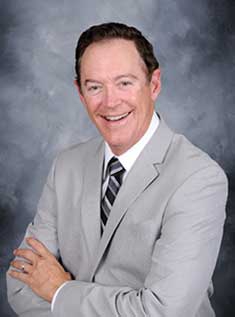The decedent Robert Reitano owned stock in two closely held corporations, each of which owned a fishing boat. His assets consisted of little else besides the shares of stock. Marci McNicol, who owned stock in one of the corporations, was appointed the executrix of the decedent’s estate. In her role as executrix, McNicol was given notice of the decedent’s “significant” federal tax liabilities. McNicol did not pay these liabilities, but instead distributed the decedent’s stock in the two corporations to herself.
If you are the executor or executrix of an estate, can you be held liable for the deceased’s tax bills?
A recent article in JD Supra, titled “T & E Litigation Newsletter – September 2014 #1,“ tells the story of a federal tax case involving an executrix who was held personally liable for the deceased’s tax liabilities. In this case, the deceased had few assets besides stock in two corporations, each of which owned a fishing boat. The executrix, who also had stock in the corporations, was informed that the deceased had significant federal tax liabilities. Instead of using the deceased’s stock to pay the tax liabilities, the executrix transferred the stock to herself.
In this case, the executrix was held personally liable for some of the tax liabilities of the deceased under the Federal Priority Statute. Just as it sounds, that statute provides that a deceased person’s debts to the federal government take priority over other debts.
The statute also states that if an executor or personal representative knows about the debt to the government and chooses to pay other debts before paying the government debt, that person can be held personally liable.
This can be something of a trap for executors who are not aware of the law. The executor cannot choose which debts to pay and then ignore other debts. Instead, an experienced estate attorney should be consulted about any debts in the estate and how they should be paid.

